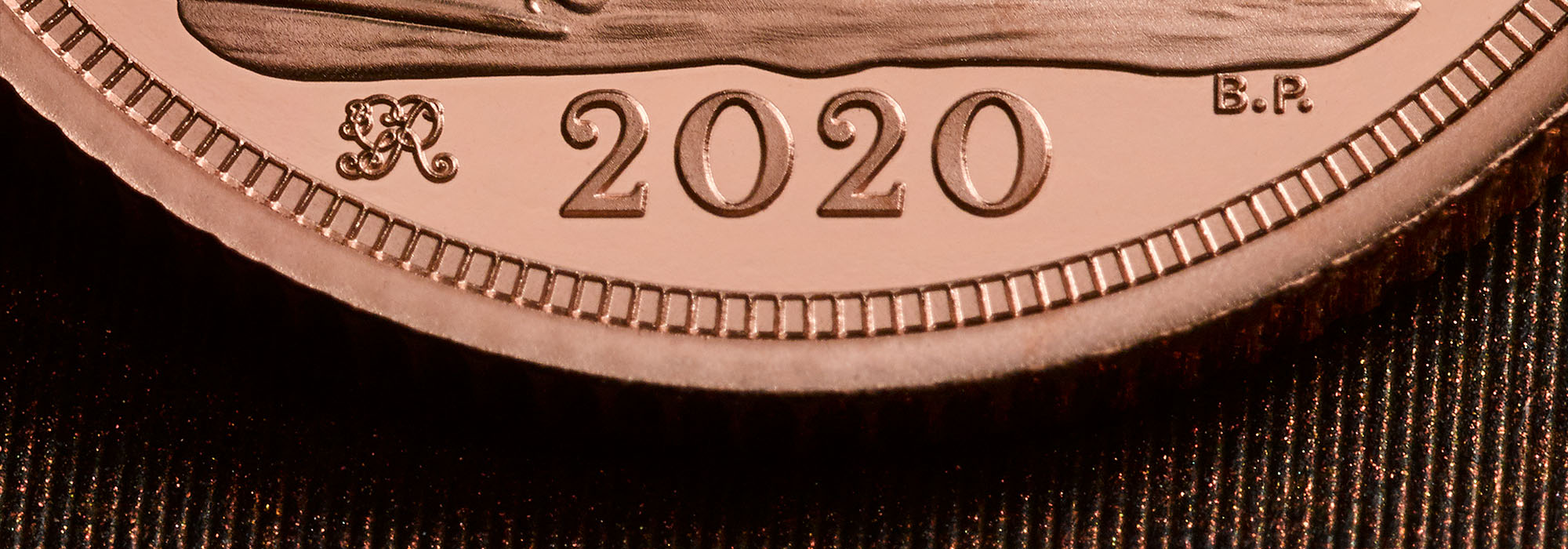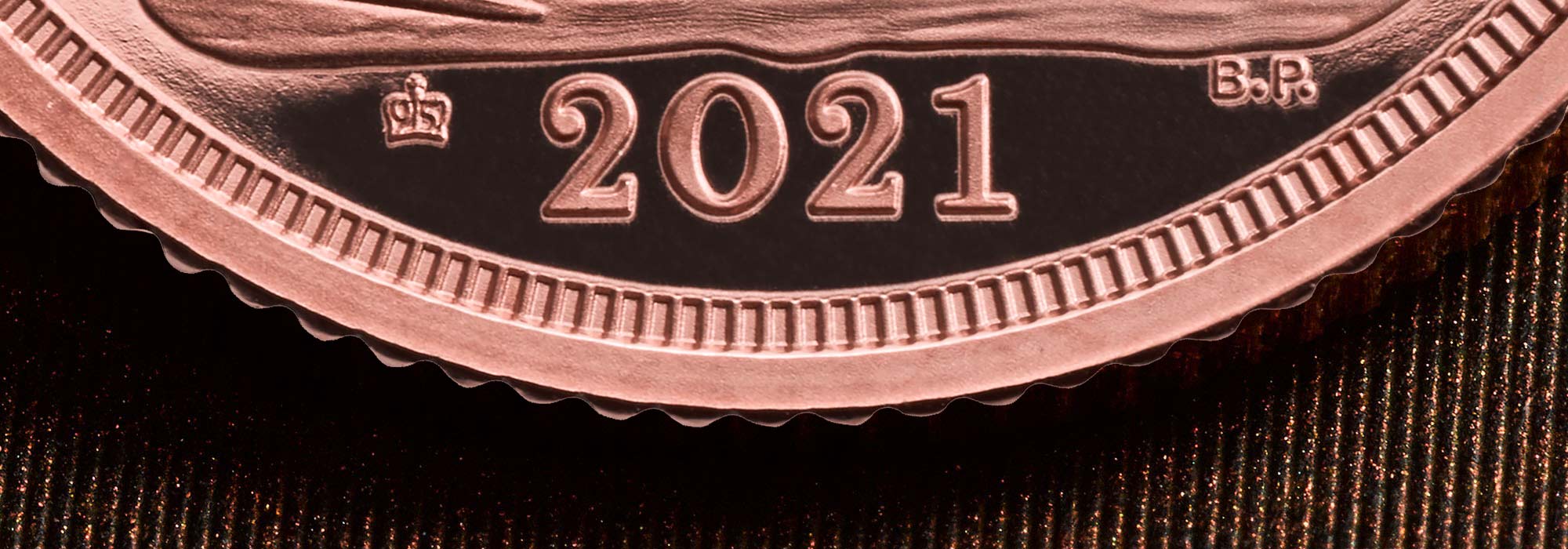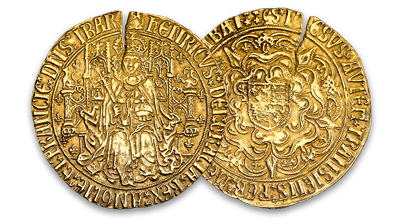

The Sovereign has a long and illustrious history. First struck more than 500 years ago, it remains the world’s oldest coin that is still in production today. Here we chart The Sovereign’s journey from inception, through retirement and revival, to the status it enjoys today as the ‘chief coin of the world’.
-

1489
Henry VII gave personal authority for the production of a new coin made in gold . The coin would be the largest issued in England at that time and was to be called a ‘Sovereign’, deliberately suggesting a close association with the king. -
1604
The Sovereign continued to be struck in turn by each of the Tudor monarchs. However, under James I (1603–25), the first Stuart king, The Sovereign was replaced by the Unite coin promoting the union of the English and Scottish crowns. -
1817
After a break of more than 200 years, The Sovereign returned as part of a series of measures to restore economic confidence after the Napoleonic Wars. Smaller than the original, but no less impressive, it featured a new design by Benedetto Pistrucci, which was commissioned especially for its revival, along with a portrait of the ruling monarch, George III. -
1819
Only 3,574 Sovereigns were struck in 1819, all from gold supplied by private merchants. Today possibly only ten of these coins are known to exist. In 2019, Royal Mint experts sourced and authenticated one of these Sovereigns which was sold through a ballot for £100,000. -
1820
The first modern Double-Sovereign and Five-Sovereign Piece were struck. Proof, pattern coins intended for wealthy collectors, they bear the same design as the 1817 Sovereign, but feature several subtle differences. Pistrucci’s full signature can be seen on the Five-Sovereign Piece. St George wields a sword on the Double-Sovereign and Five-Sovereign Piece unlike The Sovereign where he carries a broken lance and neither coin includes the garter belt. -
1830
William IV came to the throne in 1830. He was the only monarch not to use Pistrucci’s St George and the dragon design on the reverse of The Sovereign. Instead, he used an image of the crowned shield of the Royal Arms, designed by Jean Baptiste Merlen. -
1839
Designed by William Wyon, one of the finest engravers ever to work on British coinage, Una and the Lion is perhaps the most famous example of a Five-Sovereign Piece. Struck to commemorate the start of Queen Victoria’s reign, it is the first British coin to cast a monarch as a fictional character. -
1871
During Queen Victoria’s reign, Pistrucci’s iconic St George and the dragon returned and appeared on Sovereigns from 1871 onwards. -
1914
With the outbreak of war in 1914 it was immediately clear that gold would be needed to pay for the war effort. By 1915 Sovereigns had largely disappeared from circulation. -
1932
This was the last year that Sovereigns were struck by any of the branch mints that had been established around the world to meet increased demand. -
1953
A year after Queen Elizabeth II succeeded to the throne, a small number of Sovereigns were struck for the national collection. -
1957
The first mass produced bullion Sovereigns in many decades were struck, along with a small number of Proof coins. These Proof coins are extremely rare and highly sought after by collectors. -
1979
Since 1979, a commemorative Proof version of the coin has been released every year. Featuring Pistrucci’s classic St George and the dragon, synonymous with the modern Sovereign, it rarely deviates from this design. -
1989
The 1989 Sovereign marks the 500th anniversary of the first issue of coin. The coin features two designs by Bernard Sindall which were inspired by the Tudor original. -
2017
The 2017 Sovereign marks the 200th anniversary of the coin’s revival. This edition of the Sovereign features a special shield mint mark commemorating this numismatic milestone. -
2020
All of the coins in The Sovereign Collection feature a special mint mark in the form of George III’s royal cypher, marking the 200th anniversary of the end of the reign of the first monarch to appear on the modern coin. -
2021
The 2021 coin of the monarch features two special elements in celebration of Her Majesty The Queen’s 95th birthday. A unique privy mark appears on the classic golden coin, and its milled edge has precisely 95 mills, each symbolising a year of The Queen’s life.
Discover great stories from history and how we're celebrating these moments within The Royal Mint
Read more
